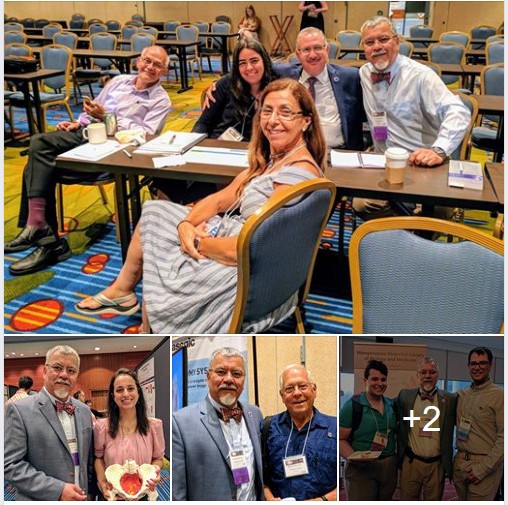|
2017 AACA Meeting – Wednesday, July 19.
This is the 2017 Meeting of the American Association of Clinical Anatomists in Minneapolis, MN. This 34th meeting of the association, gets together over 300 clinical anatomists, anatomists, physicians, and students from all over the world.
Second day of the meeting, by now I have met most all my old friends from the AACA, and I have started making some new ones… I really like this meeting.
The meeting started with the poster session where I am a judge. I made it a point to look at all the posters yesterday and the quality of the presentations is impressive. I am humbled to have to judge so much talent and feel that many deserve the award for the best poster presentation.
The platform sessions for the day were dedicated to the Upper Limb and Education.
There was a special session dedicated to the topic “The Legal and Ethic Consideration of Being the Guardian of the Gift”. This session dealt with the legal and ethical implications of curating and keeping old collections of fetal tissue, osteology, teratology, and anatomical specimens.
I also attended the Clinical Anatomy Terminology Committee meeting… it was fun. We formed groups and tried to make anatomical definitions according to new standards being developed by the AACA.
The day ended with a social event (food and drinks) where we were treated to samples of books from the Wangensteen library (NO TOUCHING) and medical devices from the Bakken museum. What a day!!!
More nice stuff tomorrow!!!
|



